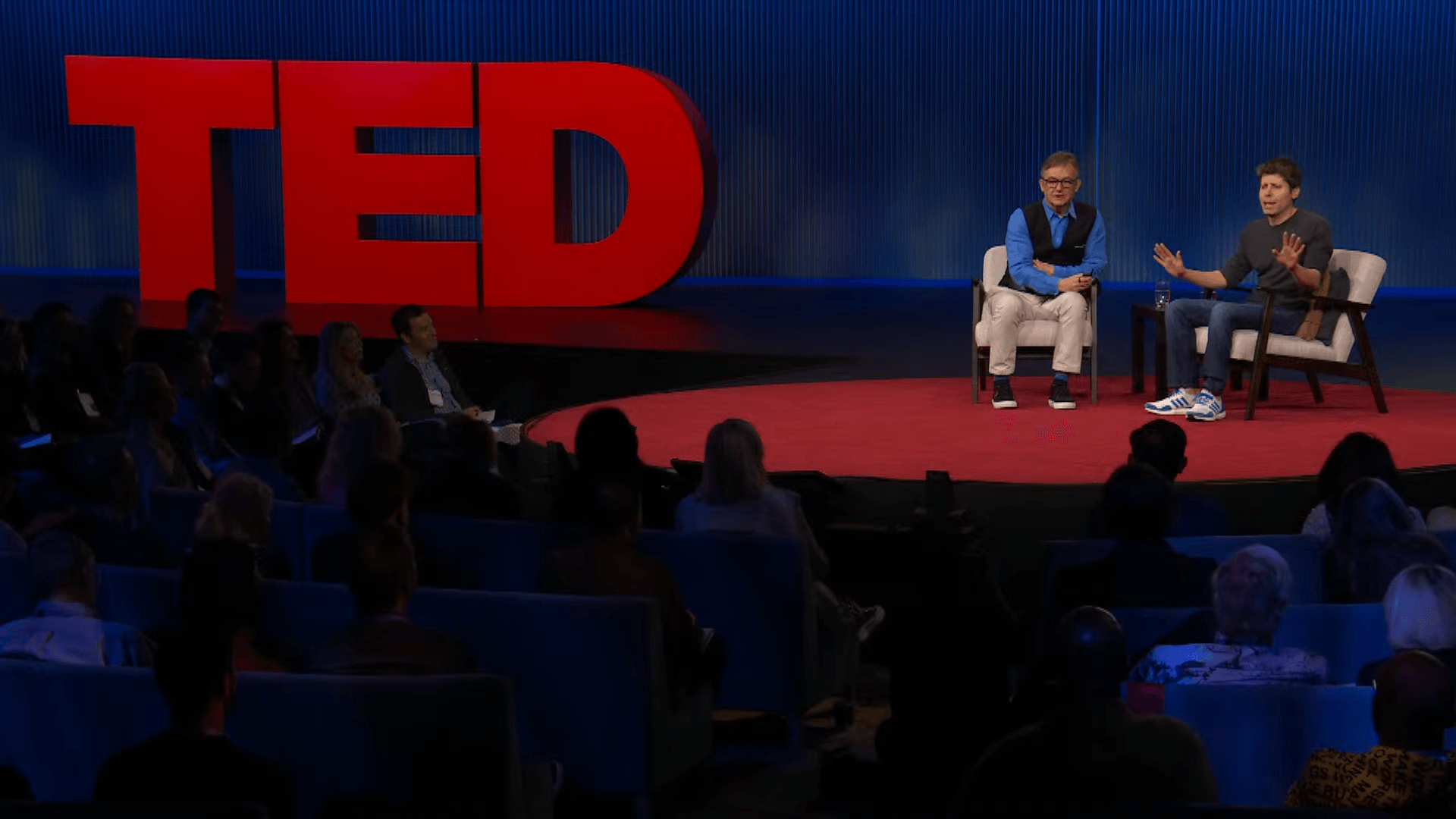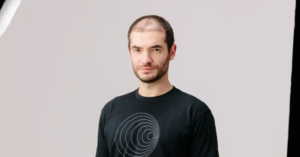OpenAI CEO Sam Altman: Compensating Artists for AI-Generated Art Would Be ‘Cool’

Sam Altman Discusses AI and Artist Compensation
In a recent TED interview, Sam Altman, the CEO of OpenAI, shared his thoughts on how artists might be fairly compensated when their unique styles are used by AI systems to create art. He also raised important questions surrounding creative rights in the context of AI-generated art.
OpenAI’s Current Approach to Art Generation
OpenAI has chosen to refrain from producing images that replicate the styles of living artists. Altman suggested that one potential direction for the future could include a system where artists would voluntarily opt to allow their styles to be used, thus creating a revenue sharing model. He mentioned, "I think it would be cool to figure out a new model where if you say ‘I want to do it in the name of this artist’ and they opt in, there’s a revenue model there."
During the interview, TED head Chris Anderson expressed concerns that using an artist’s style could be viewed as theft of intellectual property. Altman’s rather nonchalant response highlighted the complexities surrounding the issue, where he seemingly dismissed the notion by saying, “You can clap about that all you want. Enjoy."
Challenges in Compensation Models
While Altman acknowledged that it’s theoretically possible to analyze and calculate how different artists contribute to an AI-generated image, he admitted that this would be challenging in practice. For example, identifying and quantifying the influence of multiple styles within a single artwork complicates any potential revenue distribution. He pointed out, "How do you divvy up how much money goes to each one? These are like big questions."
No Firm Plans from OpenAI
Although he shared some ideas, Altman did not outline any firm plans for artist compensation. He noted that the creative process has historically relied on existing works, making it hard to measure artistic influence among human creators as well. He characterized AI as a democratizing force in the creative realm, allowing individuals without traditional artistic training to generate art. However, this rise of generative AI has also led to mixed feelings within the artist community. Altman stated, “Some creative people are very upset. Some creatives are like, ‘This is the most amazing tool ever; I’m doing incredible new work.’"
Is a New Model Needed?
Altman’s comments suggest that instead of simply focusing on compensation, there should be a broader discussion on how creative ideas develop and transform over time. Although he mentioned the necessity for “new models” to manage rights and economic interests better, specific plans for compensating artists remain unsaid.
Currently, OpenAI is also working on a tool aimed at allowing creators to opt out of having their works used in training data, known as "Media Manager." This system was announced in May 2024, but no updates have been shared about its progress yet.
The Ghibli Controversy
The topic of AI and art sparked heated debate, particularly following the release of OpenAI’s GPT-4o, which led to a wave of images created "in the style of Studio Ghibli." This distinctive visual style, associated with renowned director Hayao Miyazaki, captivated many, including Altman himself, who shared a Ghibli-style self-portrait.
While OpenAI prohibits generating images directly mimicking living artists’ styles, it permits references to broader studio styles or aesthetics. However, this approach raises legal and ethical questions. Although avoiding specific names might help evade some legal ramifications, recognizable styles, such as Miyazaki’s, still raise issues regarding commercial exploitation and copyright. The blurred lines between inspiration, style replication, and infringement complicate the evolving landscape of AI-generated art.
Summary
Altman’s reflections shed light on the intricate relationship between technology and creativity. The ongoing discussion underscores the need for a balanced approach that acknowledges and protects the rights of artists while embracing new opportunities for artistic expression through AI.






